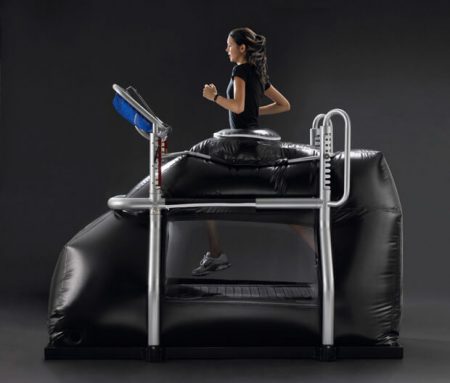There are many treatment options available to fix a Plantar Plate. Plantar Plates and ligaments that can tear or sprain. It is important to understand that by definition a Sprain is an over-stretched or torn ligament. This is much different than a Strain which is an over-stretched or torn muscle. Some Plantar Plate tear/sprain treatments are less effective than others. Some are more conservative than others and still some are more expensive than others.
Step 1 to Fix a Plantar Plate: Remove the Aggravating Variable
To fix a Plantar Plate you must remove the variable that is either causing your plantar plate pain or contributing to it. For example; if running is irritating it and you keep running it will worsen and may lead to permanent damage to the Plantar Plate ligament. Another example would be high heels. If high heels are aggravating your Plantar Plate then you must stop wearing them.

Heels can aggravate the Plantar Plate
Step 2 to Fix a Plantar Plate: Rest
Rest from activity, especially those activities that require running, jumping, walking or any other weight bearing activity. If you are on your feet at work and this is aggravating your Plantar Plate it may be necessary to take time off or request a modified job position until you heal. No amount of ice or Ibuprofen will help if you do not rest and aggravate your Plantar Plate tear/sprain.
Crutches for Plantar Plate Sprains or Tears
It may be necessary to be non-weight bearing for a period of time. This will usually be dictated by the severity of the Plantar Plate tear/sprain. Crutches are cheap and effective. Other methods include wheelchairs, knee scooters and Peg-Legs.
Walking Boot for Plantar Plates
Walking boots that have a stiff soled rocker bottom might be your best option instead of crutches. There are many types and varieties of walking boots but the variable that makes them effective in treating Plantar Plate tears or sprains is a stiff soled, rocker bottom which prevents loading and flexing the Plantar Plate. As the Plantar Plate heals it might be possible to transition to a rocker bottom walking or running shoe.
Step 3 to Fix a Plantar Plate: Over the Counter Orthotics
Over the counter orthotics are a cheap but usually ineffective method to fix Plantar Plate tears or sprains. If the over the counter orthotic is going to have a chance at being effective it must have a metatarsal pad and must be comfortable. If the orthotic or metatarsal pad irritates the Plantar Plate you will not be able to heal. San Diego Running Institute can help you place or move a metatarsal pad on your existing orthotic.
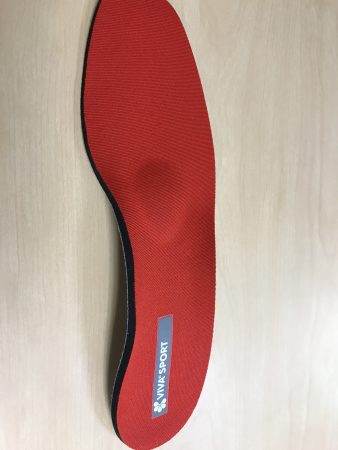
If you have tried met-pads in the past and they were painful they were most likely not placed properly, too hard or too high.
Step 4 to Fix a Plantar Plate: Custom Orthotics
Custom orthotics can be an effective treatment to fix Plantar Plate tears/sprains. In order to be effective they must fit into your shoes, be comfortable and have a metatarsal pad as part of the custom orthotic design. Proper height, size, density and location of the metatarsal pad is critical to it being effective. If you have custom orthotics that are uncomfortable, do not fit into your shoes or aggravate your Plantar Plate you will be unable to heal. If you have an uncomfortable or ineffective pair of custom orthotics either without a metatarsal pad or with an uncomfortable metatarsal pad they may be able to be modified for a fraction of the cost off new custom orthotics. San Diego Running Institute has its own orthotic lab and can modify or make you an effective pair of orthotics to fix your Plantar Plate within one week.
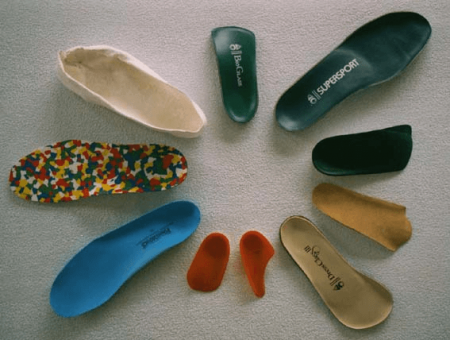
Orthotics can fix your Plantar Plate
Metatarsal Pads can fix a Plantar Plate
Metatarsal pads can be effective in fixing Plantar Plates. Height, density, size and proper placement are critical in order for the metatarsal pad to be effective. There is a proven and scientific method to ensure proper placement of the metatarsal pad. Once placed the metatarsal pad can serve to raise, support and offload the Plantar Plate ligament allowing it to heal. If the metatarsal pad is uncomfortable or aggravates the Plantar Plate it will be unable to heal. San Diego Running Institute can make and place metatarsal pads for you on your existing insole or custom orthotic.
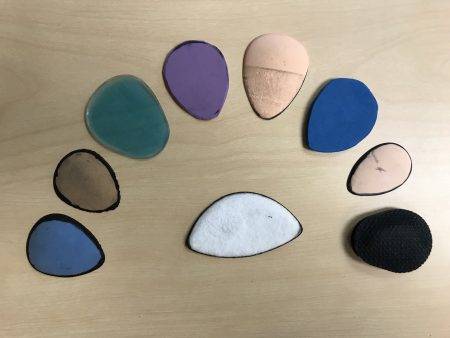
met pads come in many heights, densities and sizes. If not sized correctly they can be uncomfortable and cause more pain
Step 5 to fix Plantar Plates: Taping
Taping can be effective to fix Plantar Plate tears/sprains if there is joint deformity or deviation of the toe. Typically the second toe will deviate towards the big toe in severe cases of Plantar Plate Sprains. This is also called Pre-Dislocation Syndrome. A common but ineffective taping procedure tapes the second toe to the third and is called “Buddy Taping”. This is not recommended as it pulls the third toe towards the second. There is a more effective method of taping that utilizes Kinesiotape and only tapes the affected joint into proper alignment.
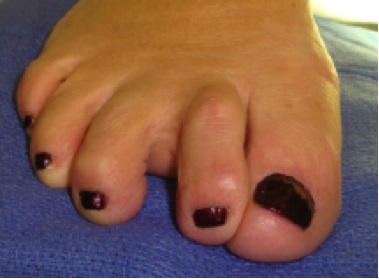
Toe deviation is a sign of Plantar Plate Injury
Step 6 to Fix a Plantar Plate: Therapeutic Ultrasound
Ultrasound can be an effective treatment to fix Plantar Plate tears/sprains when combined with some or all of the above interventions. Ultrasound can be used to break up scar tissue and increase blood flow into the Plantar Plate ligament. Ligaments are notorious for having a lack of blood flow. Blood is required for the Plantar Plate to heal.
Step 7 to fix a Plantar Plate: Alter Gravity Treadmill (AlterG)
The AlterG is one of the most modern and effective treatments to fix Plantar Plate sprains and allows the patient to run or walk while their Plantar Plate ligament is healing. The AlterG does this by “unweighting” a person until there is not enough pressure on the Plantar Plate to cause pain. Once this is achieved the patient can run or walk without aggravating the Plantar Plate ligament. This allows them to keep up their cardio, continue to train for an event and stimulates blood flow into the ligament to speed healing.
Cortisone Injection
Cortisone is not recommended to fix Plantar Plate ligament tears or sprains. Cortisone is a catabolic hormone meaning it breaks things down (as opposed to an anabolic hormone that builds tissue). While it does break down inflammation it also breaks down tissue, in this case your Plantar Plate. This can cause long term damage to the ligament and is therefore not recommended.
Step 8 to fix Plantar Plates: Platelet Rich Plasma (PRP)
PRP or Platelet Rich Plasma Therapy involves withdrawing blood from you (not someone else, not an animal……you), extracting the Platelets and injecting them into the damaged Plantar Plate. Following the injection it is critical to follow normal protocols for healing damaged ligaments without surgery. This will require 6-12 weeks of rest, non-weight bearing and therapy to help heal the ligament.
Surgery
Surgery is not usually necessary to fix Plantar Plate tears/sprains except in cases of rupture. However, if you go to a surgeon and they recommend surgery…….what did you expect. Plantar Plates, if treated conservatively will almost always heal and not require surgery.
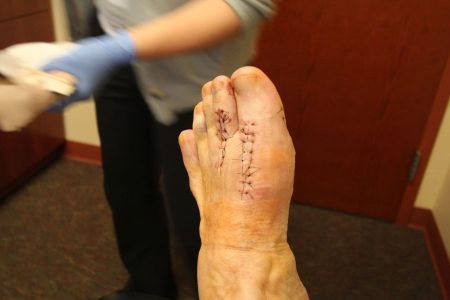
post foot surgery
If you need more information about how to fix Plantar Plate tears, sprains and the treatments that are most effective please email info@sdri.net or call San Diego Running Institute at 858-268-8525 to schedule an appointment.





